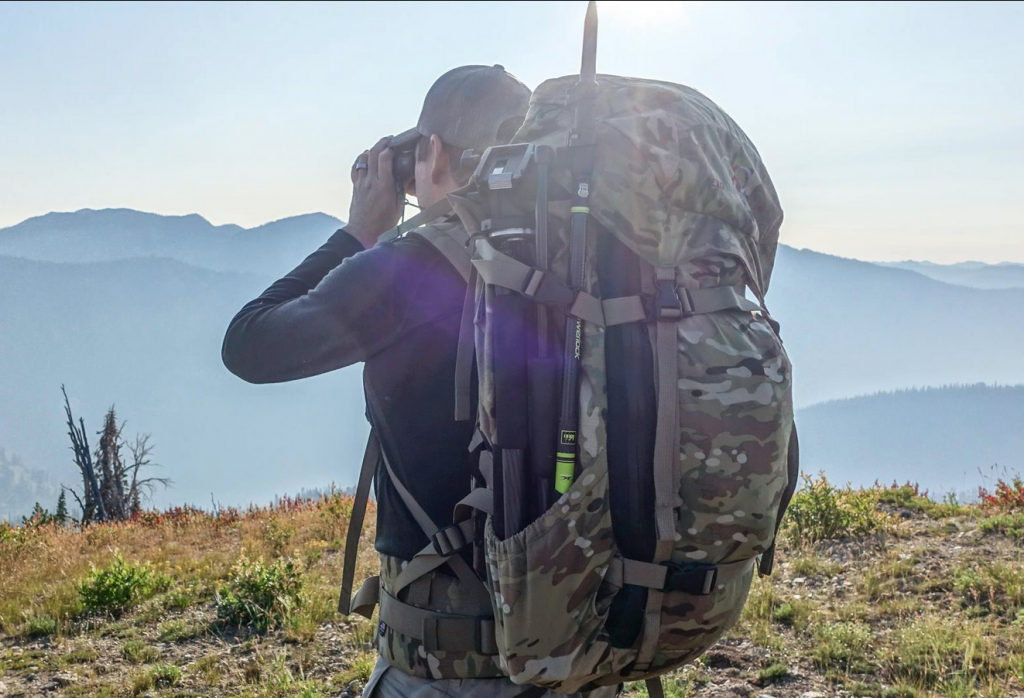
By Adam Scott, MS, CSCS
Our Backcountry Big Game Hunting Plan is specifically designed to prepare hunters for self-supported backcountry big game hunting in the Rocky Mountain West, Canada or Alaska. You’ll be chasing game in steep, rocky terrain, covering long distances, and carrying heavy loads.
But, how steep is the terrain?…How long are the distances?…How heavy are the loads? These are the questions we sought to answer when we previously released our Backcountry Game Hunter Survey.
Over fifty experienced backcountry hunters have answered our online survey. Those responses have been assembled below in order to quantify the physical demands of this growing mountain sport. Here is what we found:
How steep is the terrain?
Based on our survey responses the average daily elevation gain and loss during a backcountry hunt is approximately 2,167 feet. At an average height of 7 inches per step, this is the equivalent of ascending over 3,714 stairs or 232 building floors. That means the average backcountry hunter climbs to the top of the Empire State Building (102 floors) more than twice during an average day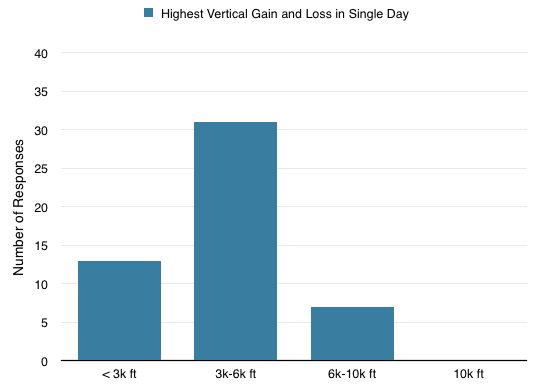
Our hunters also reported an average of over 12.3 days of hunting during a season. At an average of 3,714 stairs per day, this means our hunters are climbing over 40,436 stairs, 23,588 feet, or 2,527 building floors during a typical hunting season.

How far are the distances?
Total miles covered during a backcountry hunt varied between 3 miles and 25 miles, with “6-10 miles” being the most indicated response. The average distance worked out to a little over 14.7 miles – the exact same distance as the Walt Disney World Monorail System.

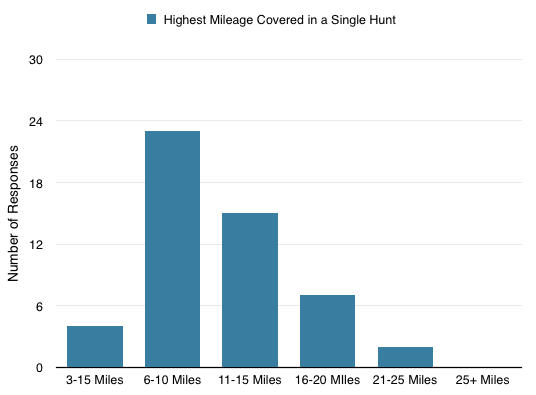
Over an entire season, this means well over 50+ miles are traveled in steep and rocky terrain.
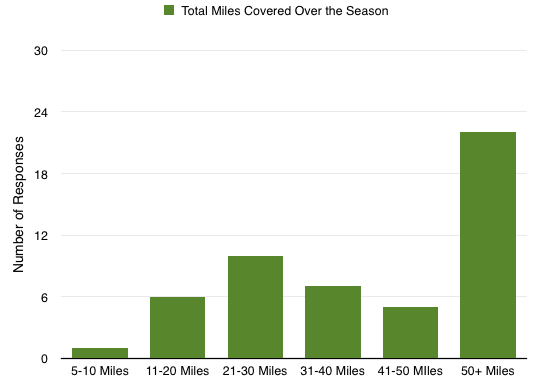
How heavy are the loads?
The most common weight for a backcountry hunting pack in our study was 31-35 lbs (average was over 38.2 lbs). The most common pack-out weight was 70-90 lbs (average was over 103 lbs).
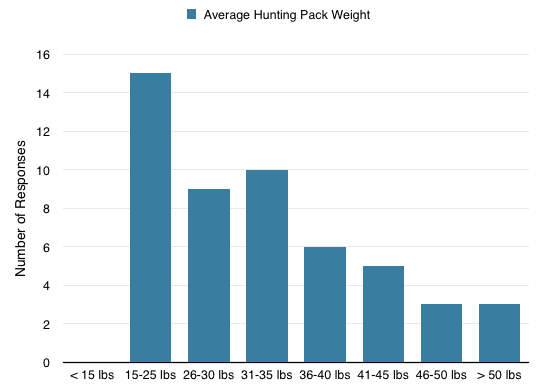
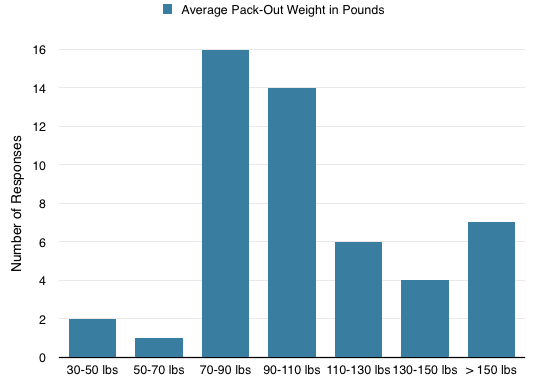
These pack weights are on-par with some of the heaviest loads carried by military operators and 3-4 times the weight carried during GoRuck events. To put this in perspective, a load of 103 lbs is equivalent to about 11.5 stainless steel kitchen sinks (15”x15”x6”).
Summary
Now, lets put it all together… based on our survey a single backcountry hunt is the equivalent of walking the entire Walt Disney World Monorail (14.7 miles) while climbing 2.25 Empire State Buildings (3,714 stairs) and carrying up to 11.5 kitchen sinks on your back (103 lbs).

Recommendations
Any event which is this physically demanding requires very specific, focused physical training. And, in order to complete more than 12 days of backcountry hunting during a season, a dedicated athlete needs an almost year-round focus on their event-specific fitness.
The Alaska Department of Fish and Game puts it this way:
…[backcountry hunts] can mean walking for several days while hunting for a game animal. It may mean a difficult climb up a mountain each day. Often, it can also mean walking through muskegs and dense alder thickets, and crossing creeks.
Even if you are lucky and find an animal within a mile of your camp, there is a lot of work involved in cleaning and packing out that animal. For example, if you are a successful moose hunter, you will have to pack out all the edible meat – which could total over 500 lbs (227 kg). One hind quarter alone may weigh more than 125 pounds (57 kg). Experienced Alaskan hunters say that the work really begins once an animal is killed.
Your hunt will be far safer and more enjoyable if you get into good health and physical condition ahead of time.
Questions, Comments, Feedback? Email rob@mtntactical.com
Learn More about MTI’s Backcountry Big Game Hunting Packet
STAY UPDATED
Sign-up for our BETA newsletter. Training tips, research updates, videos and articles - and we’ll never sell your info.
